Lifeblood - noun. Oxford Dictionary meaning:
“The indispensable factor or influence that gives something its strength and vitality... a vital or life-giving force or component”.
This pretty much sums up the annual inundation of the Okavango Delta, and how the water changes and shapes the landscape and provides new life to its inhabitants.
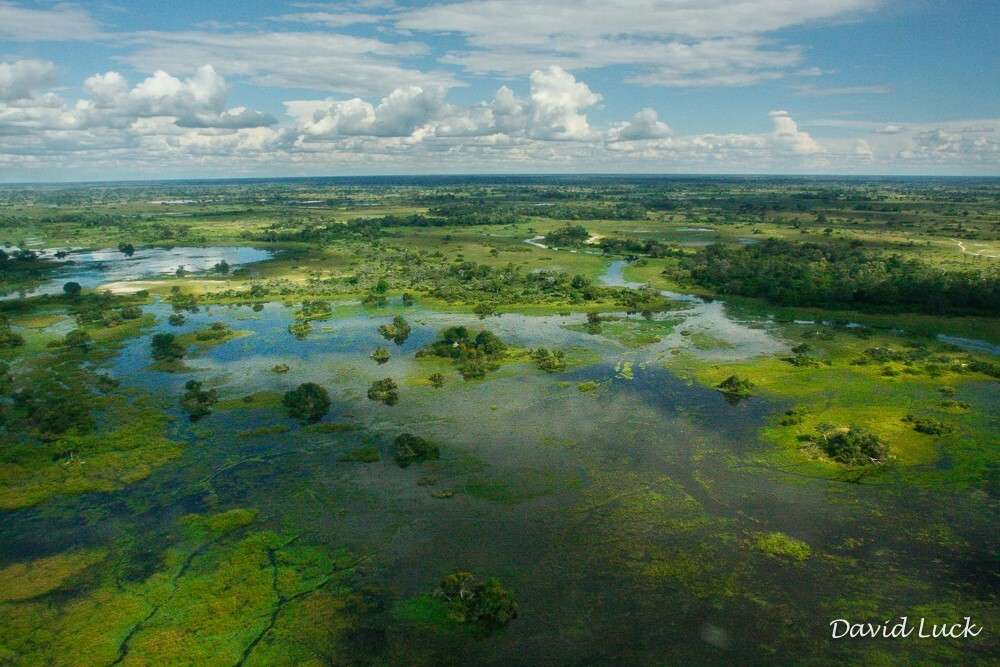
The Okavango Delta, an aquatic Eden
What is the Okavango Delta and how was it formed?
The Okavango Delta here in north-eastern Botswana, is an incredibly vast inland river system – at approximately 2 000 000 hectares, it’s roughly the size of Rhode Island. The Delta is unique in that while most deltas empty into an ocean, the Okavango River flows into a shallow basin in the Kalahari Desert sands and floods the surrounding savannah.
It was formed approximately 60 000 years ago when tectonic plate warping in the south-east of the country stopped the flow of the Proto-Limpopo River (now called the Okavango), creating the present day alluvial fan further up the river towards the north-east.
Did you know?
The Okavango Delta was listed as the thousandth UNESCO World Heritage Site in June 2014, and is a protected wetland.
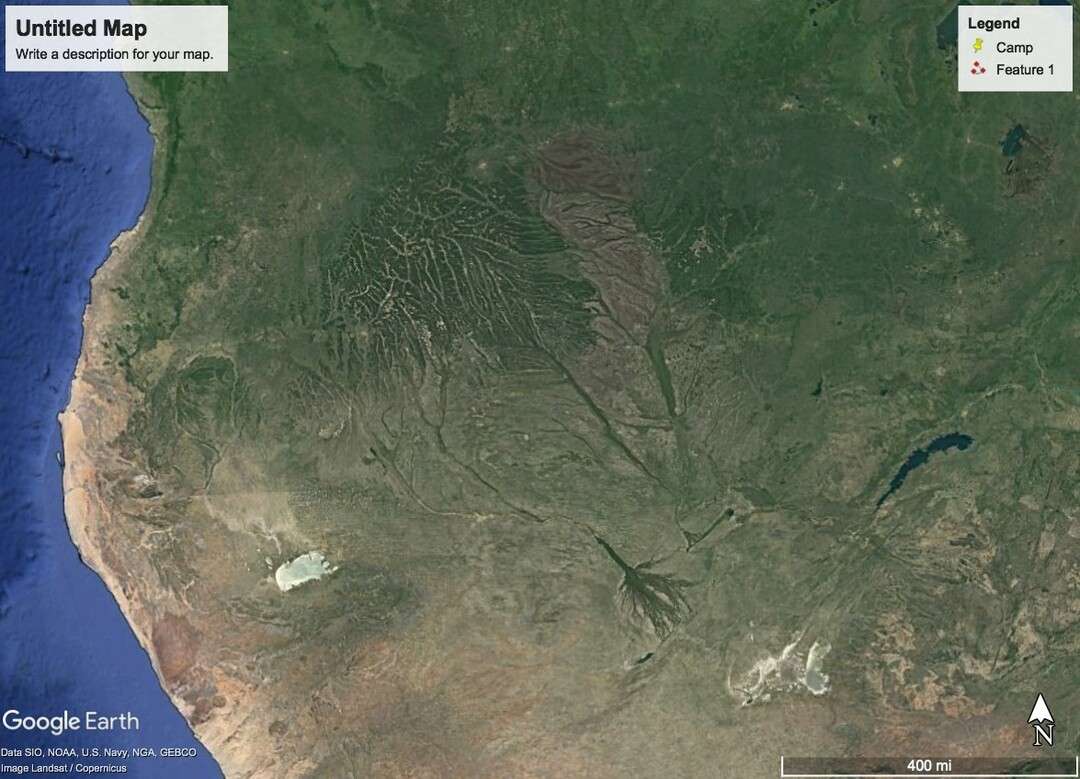
Okavango Delta and catchment area
The satellite image above shows the Okavango Delta (bottom center) as a hand-shaped fan, with the catchment area in the Angolan highlands seen at top left. The river’s journey from source to sand is 1 600 km (1 000 miles).
Why, and how often, does the Okavango Delta flow?
In our summer months, from November through March, we have our annual rains –both locally in the Delta as well as up in the Angolan highlands. The localised rain contributes approximately 20% of the water in the fan, with the remaining 80% of the Delta’s water arriving months later from Angola in the form of sheet flow “flooding”. The Okavango River in the Panhandle (top left of the Delta) hits the first fault line and the river overflows into the empty floodplains. This water inundates the Delta from mid April, receding again in August. The inflow is an annual event and the volume of water depends on how much rain has fallen locally and up north.
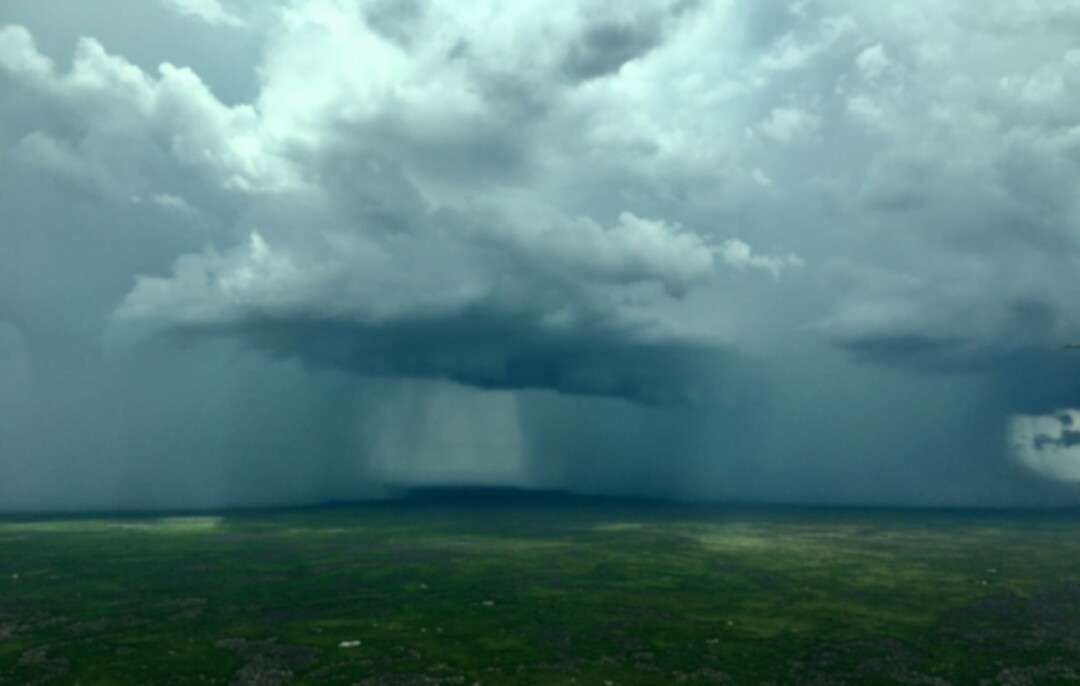
Isolated thundershowers during our summer months - November to March
Why is the annual inundation of the Delta so unique?
The waters’ ebb and flow is unique due to various factors, which include:
- The Delta is prone to tectonic plate movement from time to time, and this can influence the direction of water flow;
- Keystone species like elephant and hippos change the dynamics of the system by contributing immensely to the flow of nutrients and replenishment thereof;
- These nutrients keep various life and energy cycles alive
All these factors contribute to the Delta being an extraordinary, wild paradise, and a haven for wildlife and birds. With all this and its contribution to the livelihoods of the people of the Delta. and the tourism sector of Botswana, the Okavango Delta is a must visit.
The best time to witness the marvel of the waters is between April and September, when the skies twinkle with a billion stars and the game viewing is at its peak.
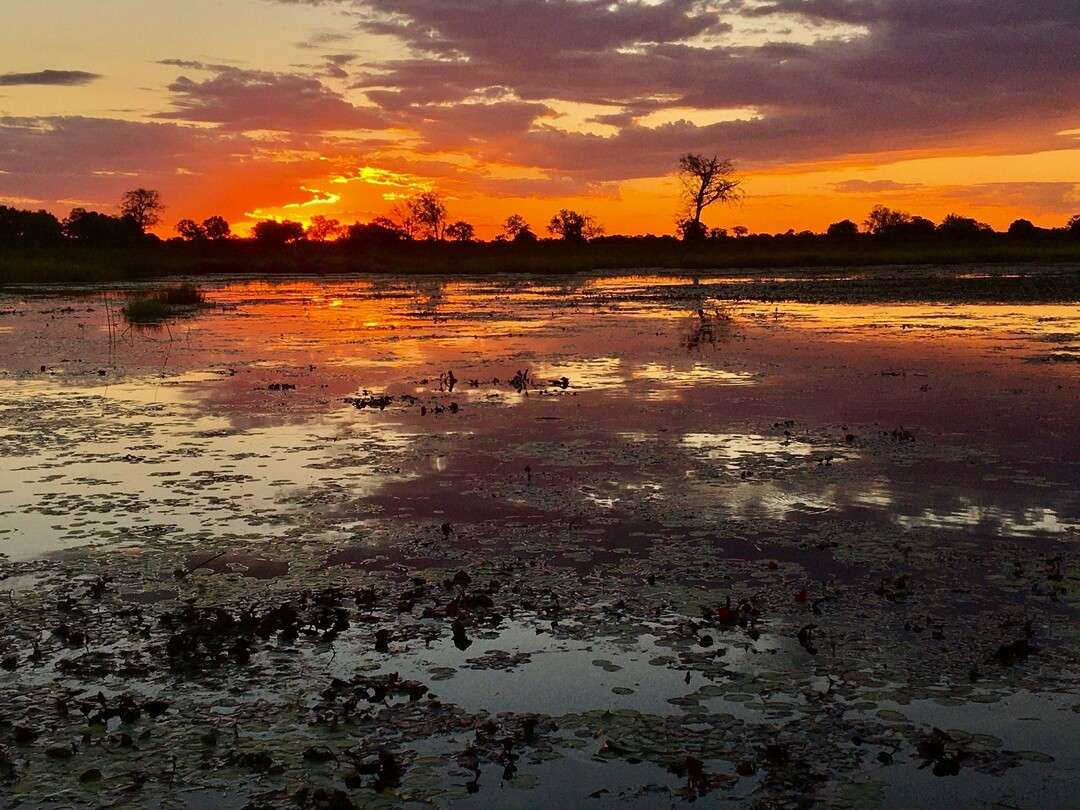
Delta sunset after an amazing safari day
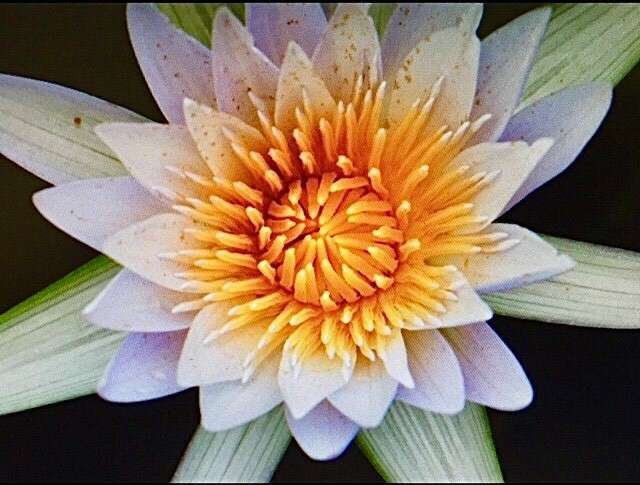
The lotus-like day lily
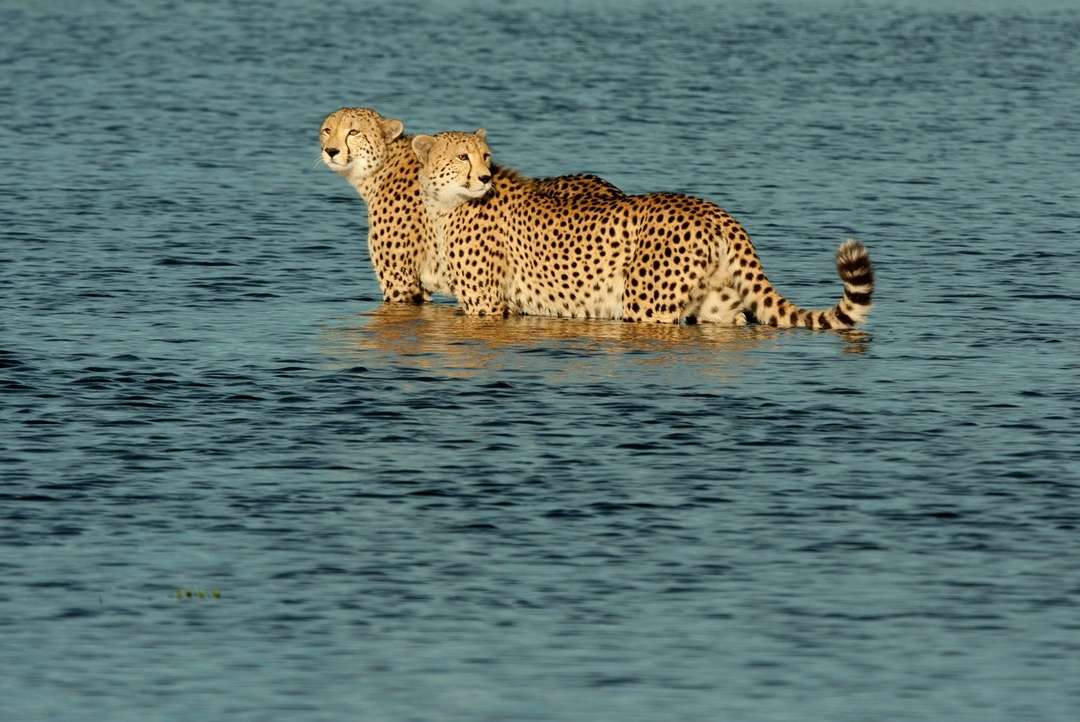
Cheetah crossing a flooded plain
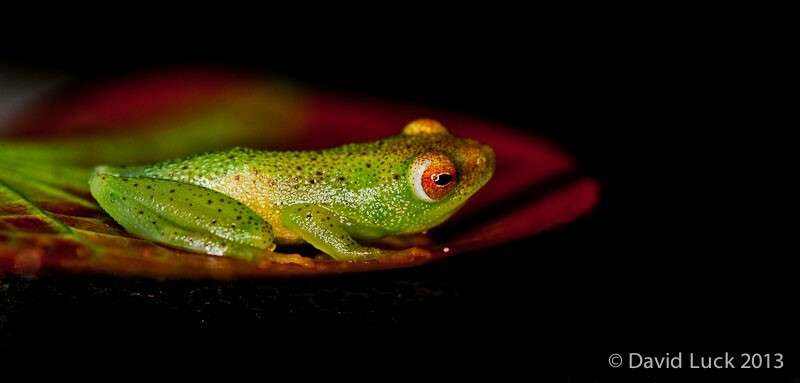
A tiny reed frog perches on a leaf
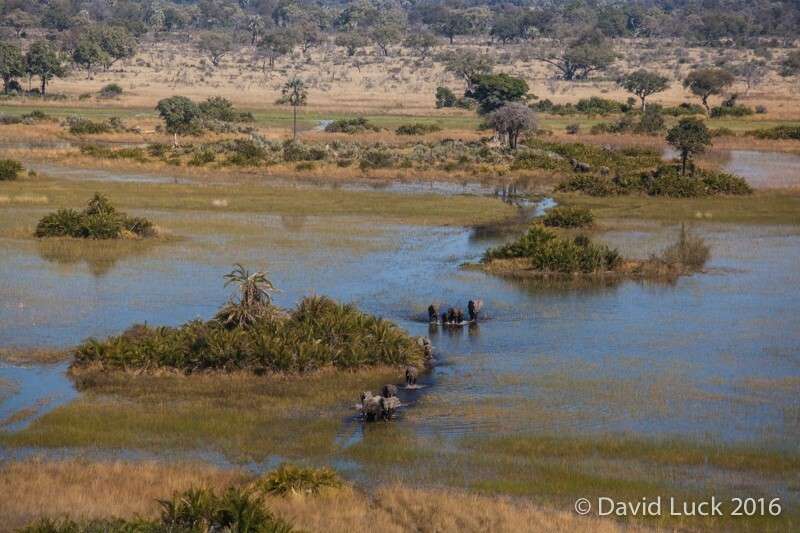
Elephants crossing an inundated plain
To sum it all up, these life-giving waters distribute oxygen and nutrient-rich water throughout most of the Delta’s fan, where tonnes of sediment is also deposited, adding to the formation of islands. Nutritious grass emerges in the shallow floodplains, similar to a rice paddy, feeding thousands of herbivores ranging from red lechwe antelope to hippos, zebra, warthogs and buffalo. These in turn attract the predators, which are at the apex of the food triangle.
Dozens of fish species support a multitude of others, from otters to fish-eagles, crocodiles and herons. Fish also support the local people by providing them with much-needed protein.
The Delta is recognised as an IBA (Important Bird and Biodiversity Area) and provides safe refuge and suitable habitat for over 450 species.
This is Botswana’s true tourism gem, and Africa’s last Eden.
Images by Wilderness Private Guide Dave Luck
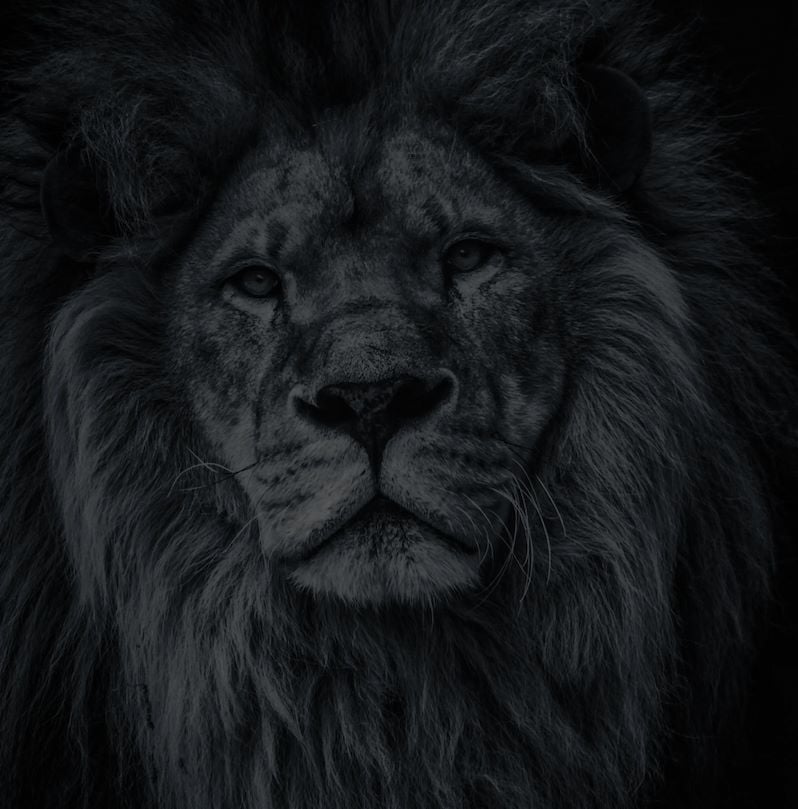
Let’s plan your next journey
Ready?
When we say we’re there every step of the way, we mean it, literally. From planning the perfect circuit, to private inter-camp transfers on Wilderness Air, and easing you through Customs. We’re with you on the ground, at your side, 24-7, from start to finish. Ready to take the road less travelled? Contact our Travel Designers to plan an unforgettable journey.